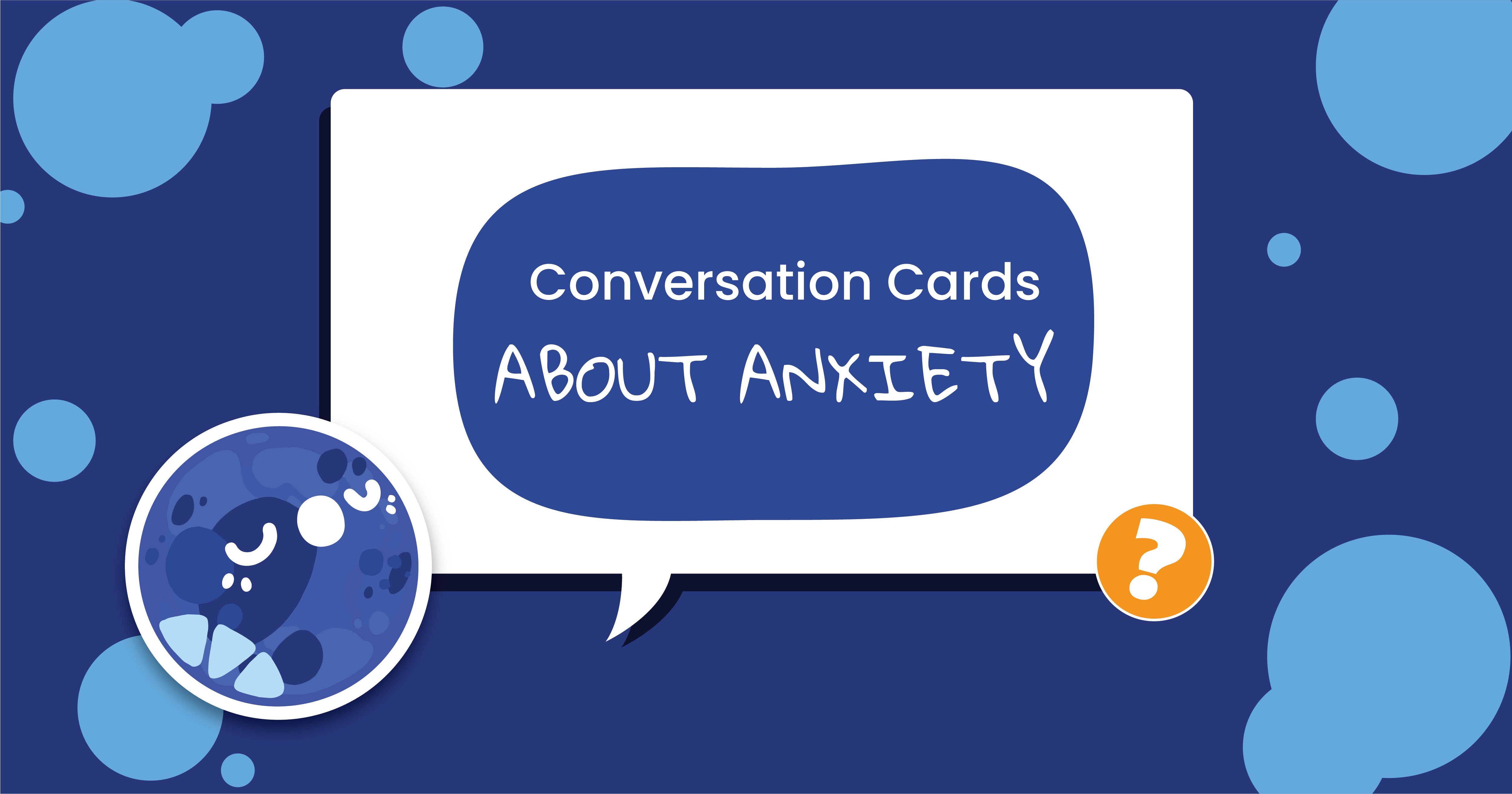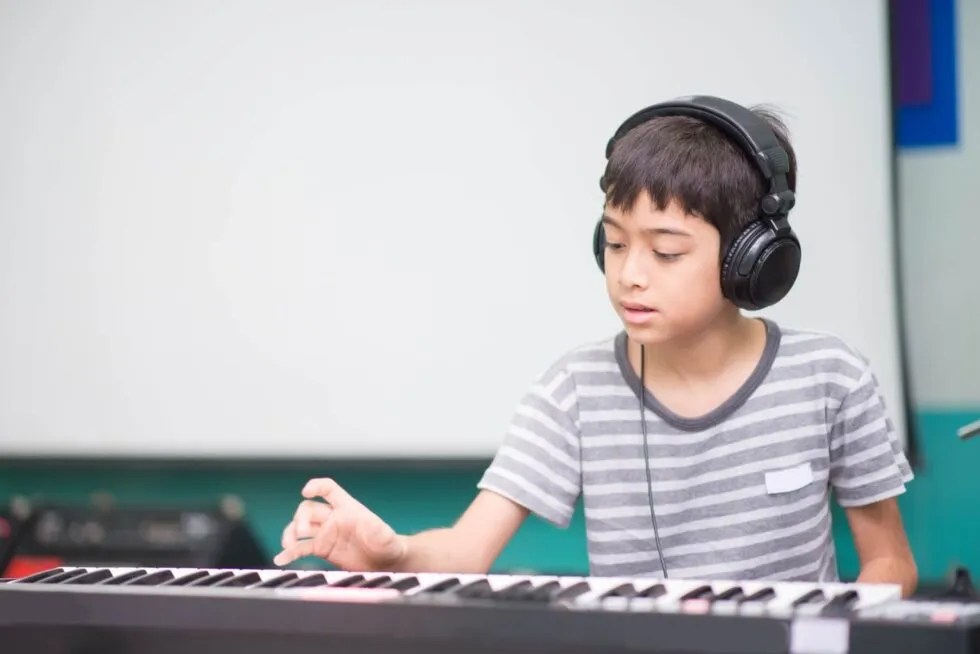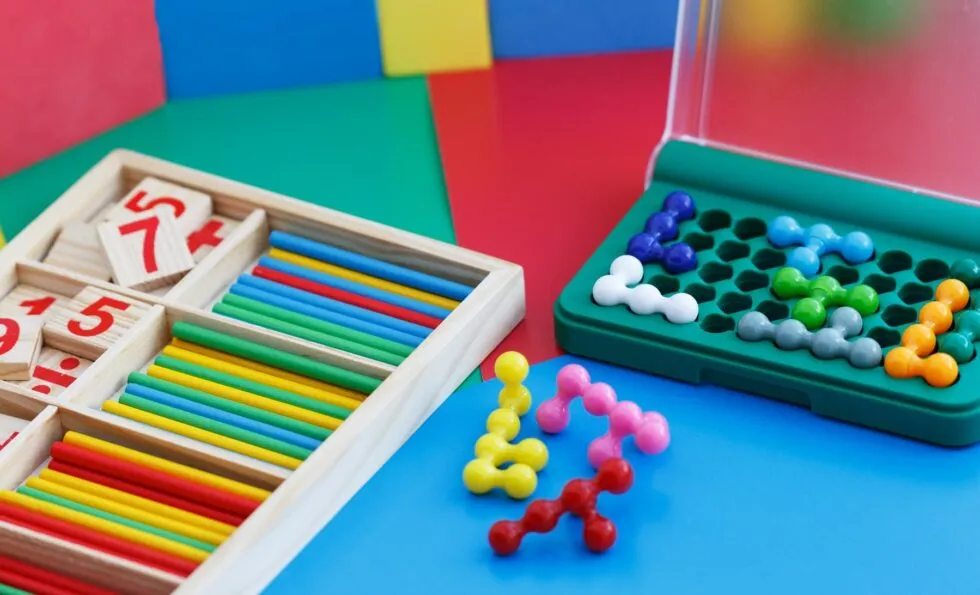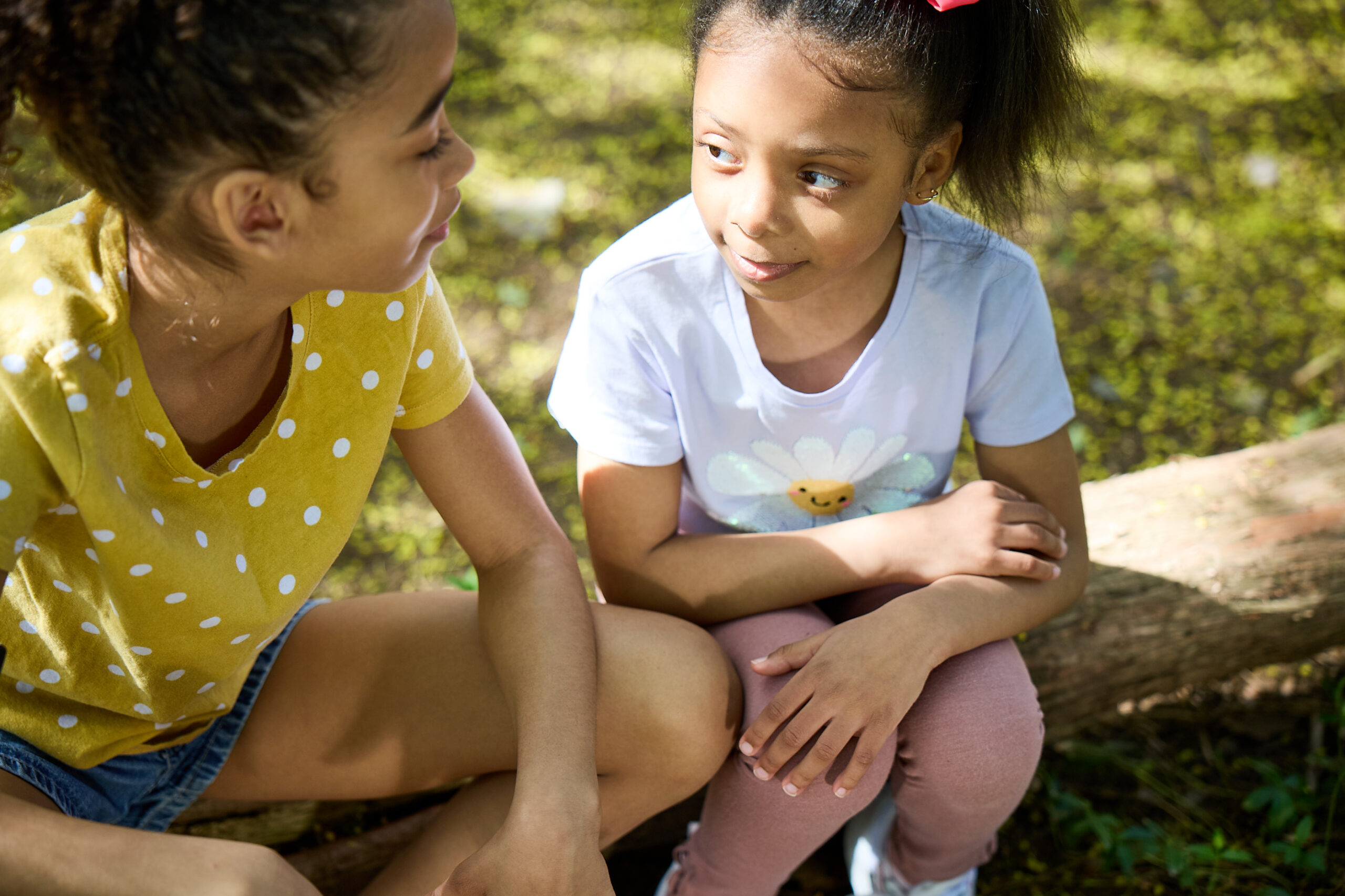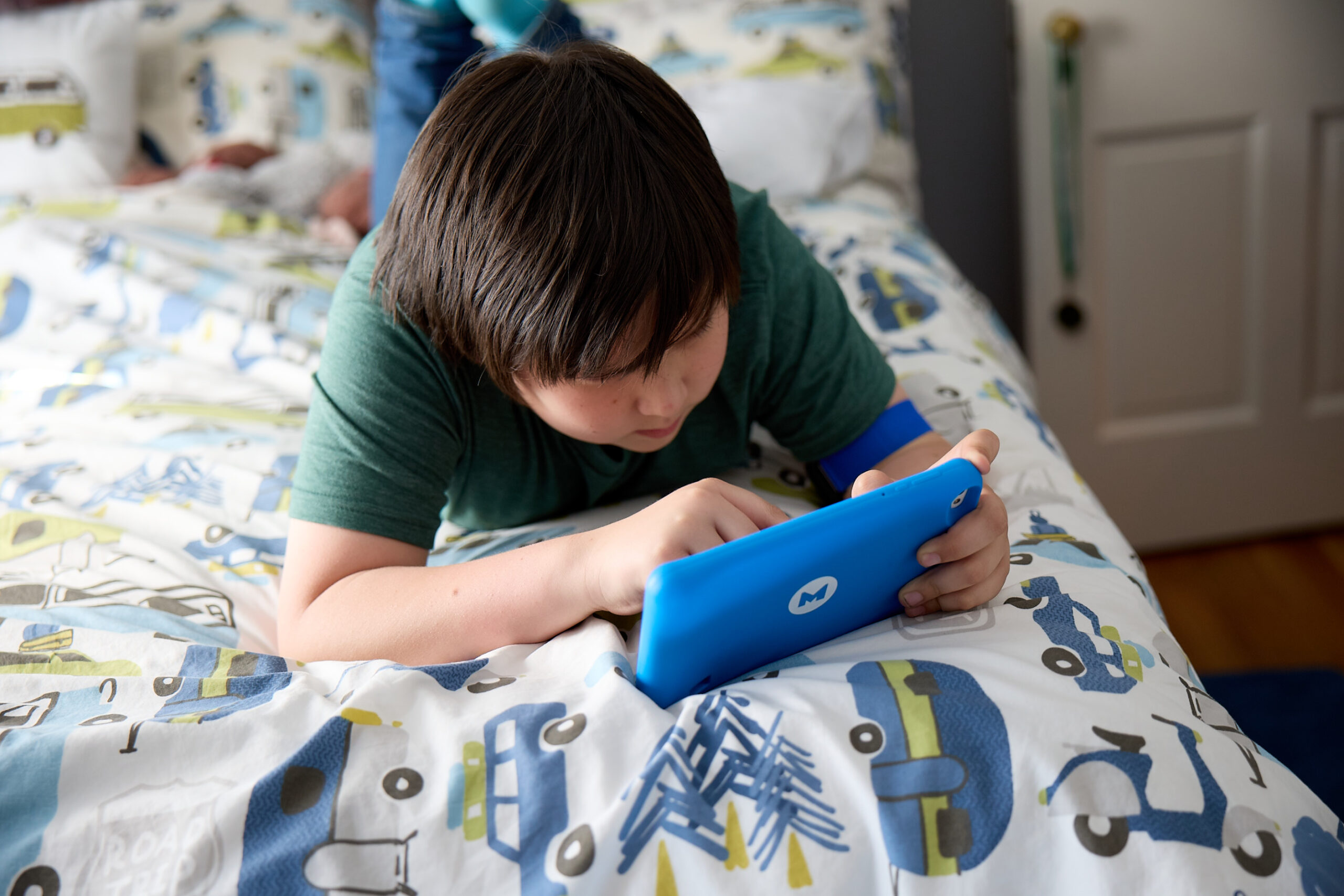When emotions run hot, it can be really tough to think clearly, remember coping strategies and calm down. Helping kids to intentionally explore what makes them feel anxious, frustrated, excited or calm – outside of the real-life moments of dealing with those emotions – is an incredibly helpful way to build emotional awareness, discover the unique things that help them feel calmer, and practice using those techniques. Here are some tricks, strategies, and tools to help kids explore their emotions and find the path to calm that works for them.
Build a communication tool. It’s hard for lots of kids to communicate what they’re feeling, let alone know what to do about it, in difficult moments. Many kids take better to tools that make communicating emotions easy, like a temperature gauge where they can say if they’re in the “hot” or “cool” zone, or an emotions chart with colors or faces. Tools like this can give kids a quick way to pinpoint how they’re feeling without having to use words.
Identify the cues. Emotions show up in our bodies in different ways. Growing anxiety might feel like nausea or butterflies in the stomach. Frustration and anger might feel like tense muscles or a rise in body temperature. Work with your child to explore the signs and signals their body gives them when they experience different emotions. A fun way to go about this activity is to trace your child in chalk or on paper (and let them trace you), and then color in or draw pictures over different body parts to describe how they feel. This can help children build a better ability to recognize those body cues early, ideally giving them the signal that it’s time to do something to calm down.
Think about sensory inputs. We all have different sensory triggers and things we crave. For some of us, certain textures or sounds might be bothersome or overwhelming. For others, deep pressure or wrapping in a tight blanket can be really calming. Have fun exploring different sensory inputs with your child to figure out what irritates them and helps them feel calm. Then find ways to avoid the irritating inputs (as best as possible) and incorporate the calming inputs into regular life. Try putting together a sensory box or sensory corner with the things your child likes – weighted blanket, music, essential oils, snacks, a cold pack.
Play around with movement. Movement itself can be an incredibly helpful calming strategy. For this one, it’s not necessarily about getting energy out (although that can be helpful), but also about sensing the movement of one’s body through space. Depending on a person’s needs, stretching, bouncing or jumping, swinging, rocking in a chair, or doing yoga can all serve different purposes in helping the brain and body feel calmer and more regulated. Try these things out with your child and see how you each feel. Then create a specific space your child can go to in moments when they just need to move.
Keep fidgets. For kids who need some help focusing their thoughts and attention, fidget toys are a great strategy to help keep them grounded. For these kids, appearing distracted, disorganized and emotionally overwhelmed is oftentimes the sign of a powerful brain paying attention to a lot of things at once. Try playing around with various fidget toys with your child. Pushing Pop Its, wrapping hair elastics or string around fingers, and Fidget Spinners are easy to grab, easy to use tools in moments when things start to feel overwhelming.
Build a “pause” plan. Pausing (sometimes called distress tolerance) is the idea of taking a break and waiting out the intense urges (throwing something, screaming, etc.) that can come with emotions. Work with your child to make a plan, and write a list of 2-5 one-minute activities they can do in moments of distress. Examples of distress tolerance activities are walking up and down a hallway, coloring, sorting cards, counting windows, and taking deep breaths. Pausing is a combination of practicing behavioral control while also implementing distraction techniques. If done well, a child will feel calmer after finishing their list of activities.
Note – Distress tolerance takes intentionality and awareness, and requires children to be able to choose to use it as a coping skill.
Another note – All of these activities are best explored and practiced in moments of calm first. They are ways to help kids build emotional awareness in a way that feels right for them and is fun. From there they can pick the tools and strategies that work well for them, and take those things with them (or put them in a box or a cooldown corner) for real-life moments of need.











